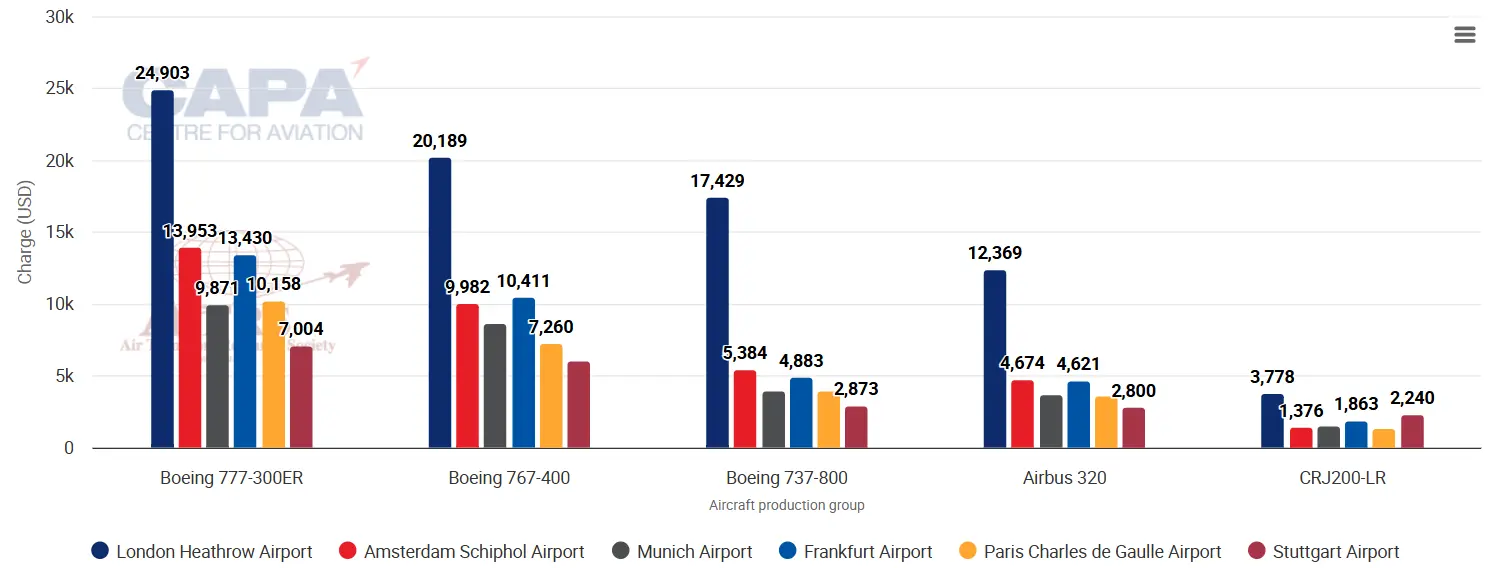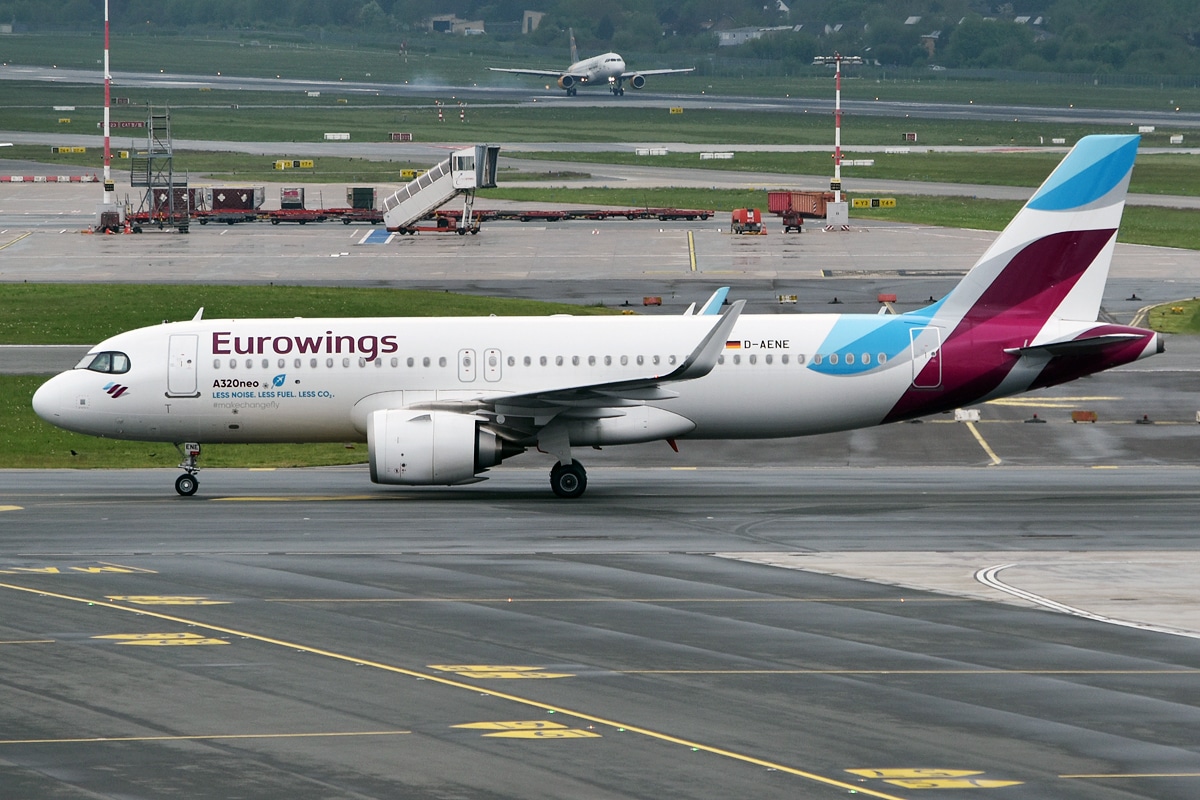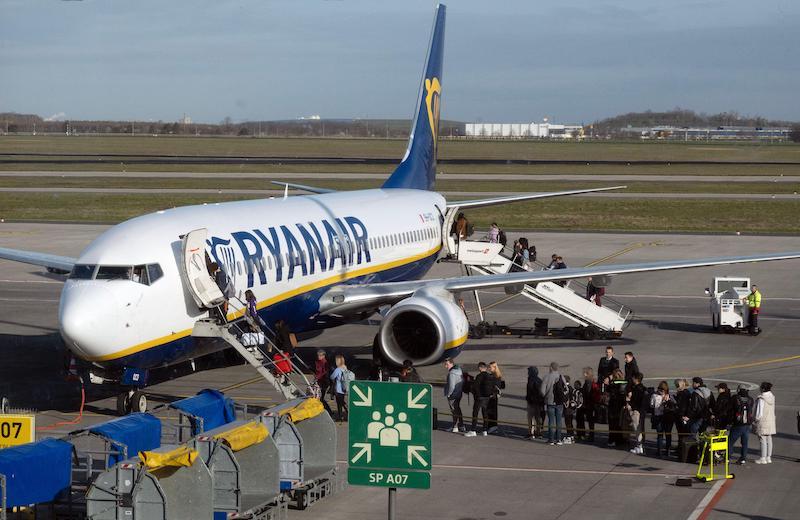With Ryanair and Eurowings trimming services across Germany, you need to assess how route cancellations and base closures could reshape capacity and connectivity; high airport charges and aviation taxes are driving carriers to shift capacity abroad, while Wizz Air gains and new routes offer partial relief as airports pursue replacements to protect your travel options and regional links.
Overview of Germany’s LCC Market
You’re seeing a market in recalibration: overall winter capacity nudges up +2.8% to 49.2 million seats, yet remains 11.2% below 2019. LCCs supply 14.4 million winter seats (up 6% year‑on‑year but −16.4% vs 2019), while Ryanair has axed 24 routes across nine airports and Eurowings trims Dortmund base capacity sharply. Expect continued network shifts as airlines chase more profitable European markets.
Key figures
| Metric | Value |
| Total winter seats | 49.2 million (+2.8% YoY) |
| LCC winter seats | 14.4 million (+6% YoY) |
| Vs. 2019 (total) | −11.2% |
| Vs. 2019 (LCC) | −16.4% |
| Ryanair cuts | 24 routes, nine airports |
Current Capacity Trends
You should note capacity is uneven: national seats creep up but regional hubs feel pain—Eurowings’ share at Dortmund slid from 18% to 9.9%, seats fell from 204,492 to 116,070 year‑on‑year, with just 62,550 seats slated for summer 2026. Meanwhile Wizz Air will control roughly 90% of DTM capacity; airlines are reallocating aircraft to Spain and Italy where yields and demand outpace Germany.
Dortmund example
| Measure | Change |
| Eurowings share (Summer 2024 → 2025) | 18% → 9.9% |
| Departure seats (YoY) | 204,492 → 116,070 |
| Summer 2026 seats | 62,550 (Palma only) |
| Wizz Air share | ~90% of DTM capacity |
Comparison with European Peers
You’ll see Germany lagging: total capacity this winter is projected at 88.8% of 2019, versus the UK at 108%, Spain 127%, Turkey 130% and Italy 124%. Spain and Italy’s LCC segments have surged +43% and +55% vs pre‑pandemic levels, underlining why carriers shift resources away from your German market.

Digging deeper, rising access costs amplify the gap: ADAC notes airport charges ~€58 at Frankfurt and ~€49 at Munich versus €41 at Heathrow; Germany’s aviation tax rose 24% in 2024 and, per Lufthansa, taxes/fees have more than doubled since 2019, prompting route cuts and capacity moves abroad.
Capacity vs. 2019 by country
| Country | Capacity (% of 2019) |
| Germany | 88.8% |
| UK | 108% |
| Spain | 127% |
| Turkey | 130% |
| Italy | 124% |
Ryanair’s Route Adjustments
Ryanair has cancelled 24 routes across nine German airports for the winter 2025–26 schedule, cutting capacity to below winter 2024–25 levels. You’ll see aircraft redeployed to higher-yield European markets as the airline points to the federal government’s “failure to address Germany’s high access costs.” Expect concentrated reductions at regional bases and a squeeze on off-peak leisure services that weakens local connectivity.
Cancellations and Capacity Cuts
Many of the 24 route cancellations target seasonal and secondary links, reducing frequencies that sustained regional tourism and business travel. You’ll notice this amplifies Germany’s slower recovery: overall winter seat capacity is projected at 49.2 million, still 11.2% below pre‑pandemic levels. The practical outcome is fewer direct connections for smaller airports and longer diversion of passengers to competing hubs.
Government Cost Issues
Ryanair cites mounting state and airport charges as the root cause, with figures you can’t ignore: ADAC puts average airport charges at about €58 per passenger at Frankfurt and €49 at Munich versus €41 at Heathrow, while the aviation tax rose by 24% in 2024. Lufthansa also reports that taxes and fees have more than doubled since 2019, a pressure that is prompting airlines to drop marginal routes.
To put that in market terms, you should note carriers are shifting capacity where cost structures and demand align: Spain and Italy’s low‑cost sectors are up 43% and 55% versus pre‑pandemic levels, while German LCC seats remain 16.4% lower than winter 2019–20. That differential helps explain why airlines reallocate aircraft away from Germany rather than sustain unprofitable links.
Eurowings’ Base Closure
With Eurowings closing its Dortmund base after summer 2025, you see a targeted retrenchment: the carrier will end four of five routes (Catania, Kavala, Thessaloniki, Split) and keep only Palma de Mallorca. Capacity share at DTM fell from 18% to 9.9%, while departure seats dropped from 204,492 to 116,070 year‑on‑year, leaving just 62,550 seats for summer 2026—all on Palma.

Impact on Dortmund Airport
You’ll notice the immediate effect at DTM: the airport estimates about 60,000 passengers annually are affected, yet Q3 2025 traffic rose 7.5% to nearly 960,000 travelers. Wizz Air is set to command roughly 90% of DTM’s capacity post-exit, and the airport says it is actively working with carriers to fill southern European gaps.
Service Reductions and Future Plans
Eurowings’ cuts concentrate summer leisure links, leaving you with only Palma year-round; the four terminated routes are summer-only operations, reflecting a shift of aircraft to more lucrative European bases. OAG data shows Eurowings’ Dortmund seats halved, underscoring a broader reallocation within the Lufthansa Group strategy.
More specifically, you should expect Eurowings to redeploy narrowbodies to markets where low-cost demand outperformed Germany—Spain and Italy have grown LCC capacity by 43% and 55% vs. 2019—while German airport charges and higher taxes have pushed the carrier to prioritise routes with stronger yields and lower unit costs. DTM continues active route stimulation to replace lost capacity.
Market Dynamics Post-Air Berlin
Historical Context
After Air Berlin’s collapse eight years ago you witnessed a rapid LCC reshuffle: easyJet grabbed Berlin Tegel slots, Ryanair opened at Frankfurt and Lufthansa bulked up Eurowings, producing a short-lived capacity spike. That surge proved unsustainable—Ryanair closed Frankfurt in 2022, easyJet retreated from domestic routes and Eurowings shifted aircraft abroad—leaving Germany at roughly 88.8% of 2019 capacity while Spain and Italy surged past 120%.
Changes in Competitive Landscape
You now face a market where Ryanair has cancelled 24 routes across nine airports for winter 2025-26 and Eurowings has effectively exited Dortmund, cutting seats from 204,492 to 116,070 year‑on‑year and scheduling just 62,550 for summer 2026. That reallocation gives Wizz Air about 90% of DTM’s capacity and pressures regional connectivity, forcing you to rethink route strategy amid rising charges and tax headwinds.
Dive deeper: Ryanair frames its cuts on the federal government’s “failure to address high access costs,” and you can see the economics—ADAC cites average charges of €58 at Frankfurt and €49 at Munich versus €41 at Heathrow, while Lufthansa notes airport taxes and fees have doubled since 2019. Given LCC winter seats in Germany remain ~16.4% below 2019 levels (14.4 million seats this winter) and southern markets deliver stronger returns, carriers are redeploying aircraft to Spain and Italy, shifting capacity away from your regional airports and leaving slots and seasonal leisure routes vulnerable.
Structural Cost Disadvantages
You’re seeing how Germany’s higher access costs are reshaping network decisions: ADAC puts average airport charges at €58 at Frankfurt and €49 at Munich versus €41 at Heathrow, and Lufthansa warns that state levies and fees have more than doubled since 2019, factors that help explain Ryanair’s 24-route winter cuts and Eurowings’ retreat from Dortmund.
Airport Charges Analysis
Higher per-passenger airport charges raise your unit costs: ADAC’s estimates show Frankfurt and Munich carry a premium that erodes margin on short-haul leisure sectors. Airlines point to additional line items—ground handling surcharges, noise levies and peak-time fees—that make regional routes uneconomic, prompting redeployments to airports with lower access costs.
Impact of Aviation Tax
The 2024 aviation tax increase of 24% has lifted ticket-level costs and, with no reversal, you’ll see price-sensitive demand hit hardest. Lufthansa’s policy paper links higher taxes and fees to carriers cutting marginal routes, noting the combined burden has more than doubled since 2019, steering capacity toward more profitable markets.

More specifically, market data shows Germany’s total capacity at about 88.8% of 2019 while Spain and Italy sit well above pre-pandemic levels, so every euro of tax lowers Germany’s relative appeal. Airlines tell you they’re redeploying aircraft to faster-growing LCC markets, shrinking regional connectivity and reducing choice for your passengers.
Capacity Projections
Winter Season Comparisons
You’ll see overall winter seats rise 2.8% to 49.2 million, yet supply stays 11.2% below 2019; LCC capacity is 14.4 million seats (up 6% y/y but 16.4% below 2019-20), while Spain and Italy are respectively +43% and +55% versus pre‑pandemic levels, explaining why operators are redirecting aircraft to faster‑growing markets.
Winter Capacity Snapshot
| Metric | Value / Comparison |
| Winter 2025 seats | 49.2 million (up 2.8% y/y) |
| Share of 2019 | 88.8% of 2019 levels |
| LCC winter seats | 14.4 million (−16.4% vs 2019‑20) |
| Peer growth (example) | Spain +127% of 2019; Italy +124% |
Economic Factors Affecting Recovery
You need to factor in rising charges and tax hikes: average airport fees are about €58 at Frankfurt and €49 at Munich, the national aviation tax was raised by 24% in 2024, and Lufthansa warns that taxes and fees have more than doubled since 2019, all of which push carriers to cut marginal routes and shift capacity abroad.
- Airport charges
- Aviation tax +24%
- Operational relocation
After these cost pressures, carriers are pruning unprofitable services and reallocating aircraft to lower‑cost, higher‑growth markets.
You can see concrete examples: Ryanair cancelled 24 routes for winter 2025‑26 and Eurowings closed its Dortmund base, cutting seats from 204,492 to 116,070 year‑on‑year; those moves illustrate how policy‑driven costs directly reduce regional connectivity and shift capacity toward Spain, Italy and Turkey.
- Ryanair cuts
- Eurowings Dortmund
- Regional connectivity loss
After those network changes, you should expect continued concentration of LCC capacity in more price‑attractive European markets.
Conclusion
The adjustments by Ryanair and Eurowings signal that you will face a leaner German LCC network, with route cuts and capacity concentrated on fewer markets; higher access costs and taxes are prompting carriers to reallocate aircraft abroad, reducing domestic connectivity and shifting competitive dynamics. If you manage routes or plan travel, expect evolving schedules, potential fare pressure on remaining services and opportunities for other airlines to fill vacated gaps as carriers prioritize profitable markets.
